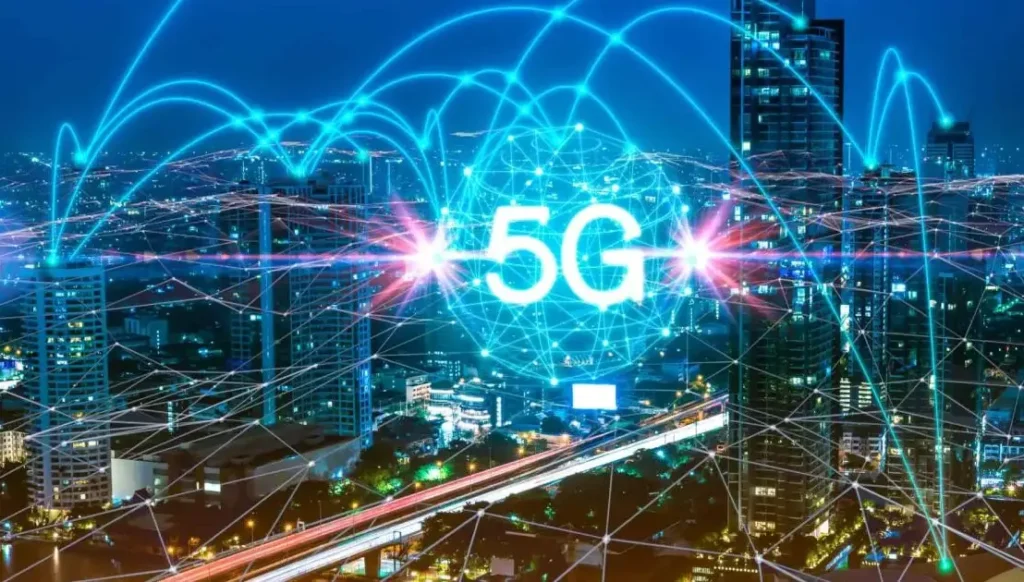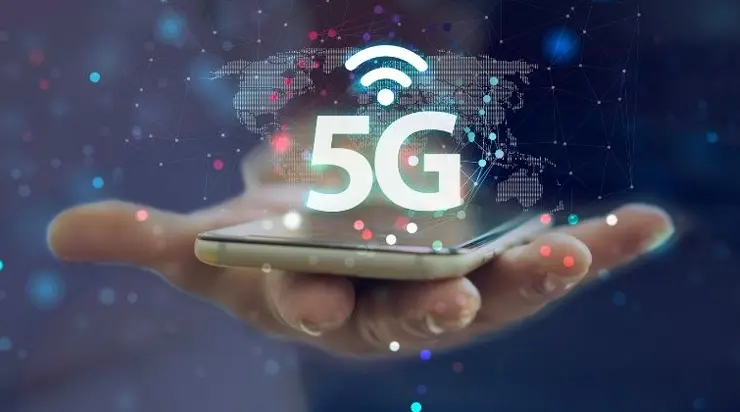5G Expansion and Connectivity: Transforming the Digital Landscape
In the ever-evolving realm of telecommunications, the rollout and expansion of 5G technology stand as a pivotal milestone, promising to reshape the way we connect, communicate, and experience the digital world.
The fifth generation of wireless technology, aptly named 5G, is not just an incremental upgrade but a revolutionary leap that brings unprecedented speed, low latency, and connectivity capabilities. As nations and telecom companies race to embrace this transformative technology, the global landscape is witnessing a profound shift towards a hyper-connected future.
1. Speed and Low Latency: One of the key features that sets 5G apart from its predecessors is its remarkable speed and low latency. With data transfer rates expected to be up to 100 times faster than 4G, users can download large files, stream high-definition videos, and engage in real-time applications seamlessly. Low latency, the delay between sending and receiving data, is crucial for applications like augmented reality (AR), virtual reality (VR), and gaming, where instant responsiveness is paramount. This enhancement in speed and responsiveness opens up a myriad of possibilities for innovation and efficiency across industries.
2. Internet of Things (IoT) Revolution: 5G is the linchpin in unlocking the full potential of the Internet of Things. Its ability to connect an exponentially larger number of devices simultaneously ensures that the IoT ecosystem can flourish. From smart homes and cities to industrial IoT applications, 5G’s expanded connectivity supports a vast network of interconnected devices, enabling seamless communication and data exchange. This has profound implications for efficiency, automation, and the creation of smart environments that respond intelligently to real-time data.

3. Enhanced Mobile Broadband: Beyond its impact on IoT, 5G significantly enhances mobile broadband services. Users can expect a more consistent and faster internet experience, especially in densely populated urban areas and at large-scale events. Streaming high-quality content, conducting video conferences without interruptions, and enjoying immersive media experiences become the new standard with the expanded capacity and efficiency of 5G networks.
4. Economic and Industrial Transformation: The widespread deployment of 5G is catalyzing economic and industrial transformations. Industries ranging from healthcare and manufacturing to transportation and agriculture are leveraging 5G to optimize processes, improve efficiency, and drive innovation. Remote healthcare services, autonomous vehicles, and smart factories are just a few examples of how 5G is revolutionizing traditional industries, paving the way for a new era of connectivity-driven advancements.
5. Global Race for 5G Supremacy: The race for 5G supremacy is a global competition with nations vying to lead in the deployment and utilization of this groundbreaking technology. China, the United States, South Korea, and several European countries are among the frontrunners in 5G adoption. Governments and telecom operators are investing heavily in infrastructure, spectrum auctions, and research to gain a competitive edge in the 5G landscape, recognizing its strategic importance for economic growth and technological leadership.
In conclusion, the expansion of 5G technology heralds a new era of connectivity that transcends the limitations of its predecessors. With its unparalleled speed, low latency, and capacity to support the growing IoT ecosystem, 5G is not merely an upgrade but a catalyst for transformative change. As industries, nations, and individuals embrace the possibilities it offers, the global digital landscape is set to undergo a paradigm shift, unlocking a future where connectivity is faster, smarter, and more pervasive than ever before.



